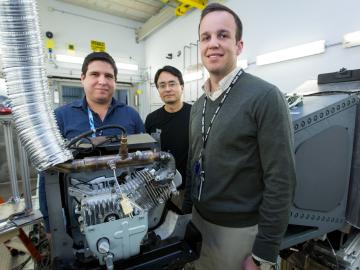
Filter News
Area of Research
- (-) Advanced Manufacturing (11)
- (-) Neutron Science (33)
- Biological Systems (2)
- Biology and Environment (44)
- Building Technologies (1)
- Clean Energy (110)
- Climate and Environmental Systems (1)
- Computational Biology (1)
- Computational Engineering (2)
- Computer Science (4)
- Data (1)
- Electricity and Smart Grid (1)
- Fossil Energy (1)
- Fusion and Fission (14)
- Fusion Energy (1)
- Isotope Development and Production (1)
- Isotopes (12)
- Materials (36)
- Materials for Computing (18)
- Mathematics (1)
- National Security (7)
- Nuclear Science and Technology (7)
- Quantum information Science (3)
- Sensors and Controls (2)
- Supercomputing (38)
- Transportation Systems (2)
News Topics
- 3-D Printing/Advanced Manufacturing (7)
- Artificial Intelligence (2)
- Biology (2)
- Biomedical (2)
- Chemical Sciences (1)
- Composites (2)
- Computer Science (4)
- Coronavirus (2)
- Fusion (1)
- High-Performance Computing (1)
- Materials (7)
- Materials Science (6)
- Microscopy (1)
- Nanotechnology (2)
- Neutron Science (16)
- Physics (2)
- Quantum Computing (1)
- Quantum Science (2)
- Space Exploration (2)
- Sustainable Energy (3)
- Transportation (2)
Media Contacts

The ExOne Company, the global leader in industrial sand and metal 3D printers using binder jetting technology, announced it has reached a commercial license agreement with Oak Ridge National Laboratory to 3D print parts in aluminum-infiltrated boron carbide.

The COHERENT particle physics experiment at the Department of Energy’s Oak Ridge National Laboratory has firmly established the existence of a new kind of neutrino interaction.
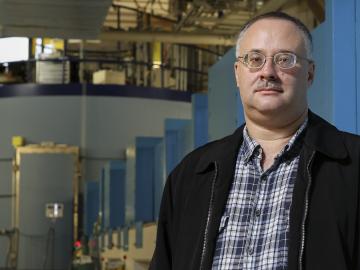
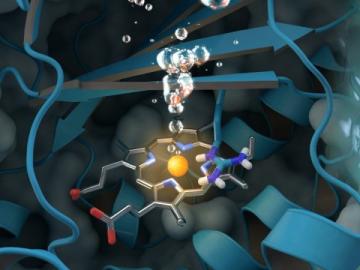
A new study sheds light on a unique enzyme that could provide an eco-friendly treatment for chlorite-contaminated water supplies and improve water quality worldwide. An international team of researchers led by Christian Obinger from the University of Vienna used neutron analys...
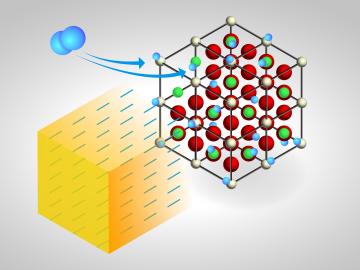
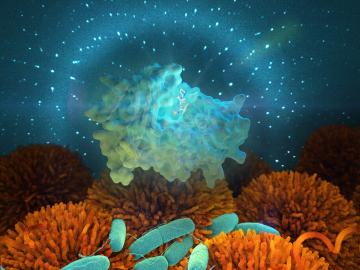
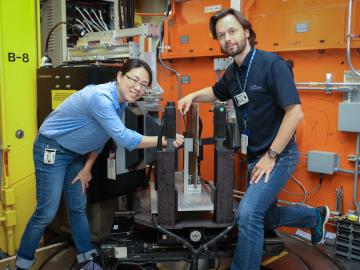
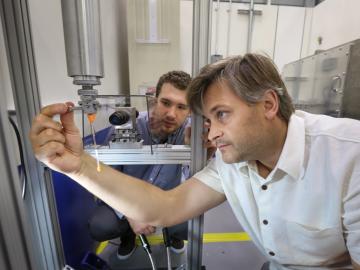

After more than a year of operation at the Department of Energy’s (DOE’s) Oak Ridge National Laboratory (ORNL), the COHERENT experiment, using the world’s smallest neutrino detector, has found a big fingerprint of the elusive, electrically neutral particles that interact only weakly with matter.
